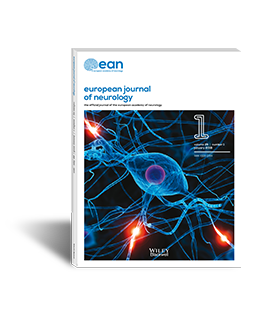Abstract
Aim of this review was to evaluate efficacy and safety of intravenous valproate (IV VPA) in the treatment of generalized convulsive status epilepticus (GCSE) in patients of any age, synthesizing available evidences from randomized controlled trials (RCTs). RCTs on IV VPA administered in patients (no age restriction) for GCSE at any stage were searched in MEDLINE, EMBASE and Cochrane Central Register of Controlled Trials. Studies were selected and data independently extracted. Following outcomes were considered: clinical seizure cessation after drug administration, seizure freedom at 24 h, and adverse effects. Outcomes were assessed using standard methods to calculate risk ratio (RR) with 95% confidence intervals. Five trials met inclusion criteria. Two different comparisons were available (IV VPA versus phenytoin (PHT), IV VPA versus IV Diazepam), but only the former included more than one study with enough information to permit a meta‐analysis. Compared with PHT, VPA had statistically lower risk of adverse effects (RR 0.31, 95% CI 0.12–0.85), with no differences in GCSE cessation after drug administration (RR 1.31, 95% CI 0.93–1.84) and in seizure freedom at 24 h (RR 0.96, 95% CI 0.88–1.06). This review suggests that IV VPA has a better tolerability than PHT in treatment of GCSE, without any statistically significant differences in terms of efficacy. More rigorous RCTs of VPA versus an appropriate comparator, in a well‐defined population with a systematic definition of SE, are however required to conclude about efficacy and tolerability of VPA in clinical practice.
